In D&D, monsters have their strengths and weaknesses—and knowing how to exploit the latter can mean success for your party.
Monsters have many strengths that PCs in D&D just don’t have. They are often resistant to multiple types of damage. They have more hit points than your average character (or sometimes the whole party). Some even have Legendary Actions that let them act multiple times in a turn.
For all that, monsters have their weaknesses too. And not just in terms of “not having as many actions as the rest of the party.” Some have very specific, eminently exploitable weaknesses. Monsters like these!
Shadow Dragon
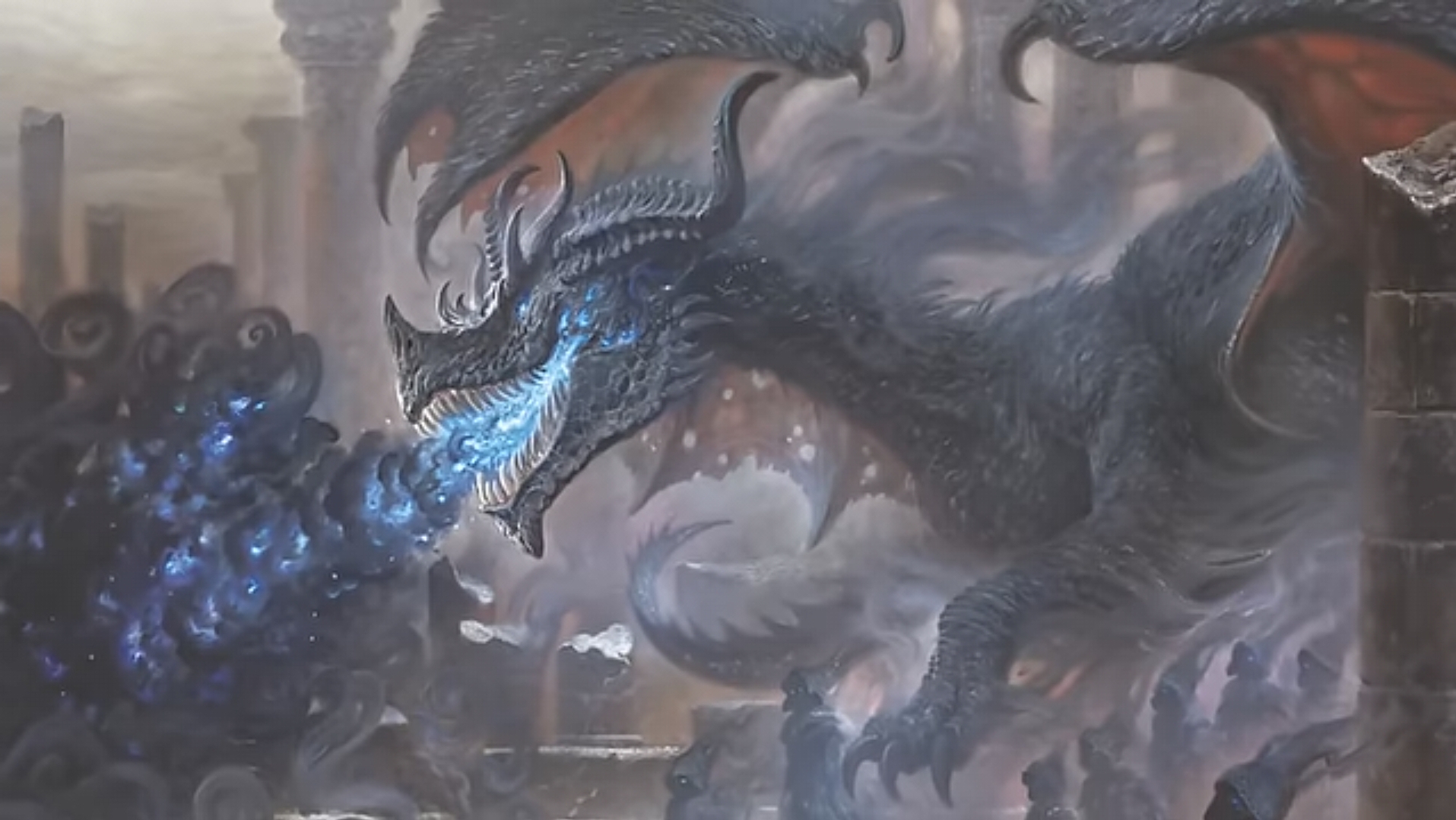
Shadow Dragons are dragons that have been corrupted by the dark energies of the Shadowfell. They brim with fell power, buoyed up by the aura of living shadow that emanates within them. A shadow dragon’s potent breath weapon not only unleashes necrotic energies, but those slain by it rise as undead shadows under the control of the dragon, meaning that any one of these is likely to be accompanied by hordes of those it has slain.
However, they have a few very specific weaknesses. The first is that, while they’re resistant to most damage while in dim light or darkness, they take full damage from Radiant, Force, and Psychic damage. And more than that, if you can force one into the sunlight (whether natural or magical), the shadow dragon suffers Disadvantage on all ability checks and attack rolls.
Skeleton
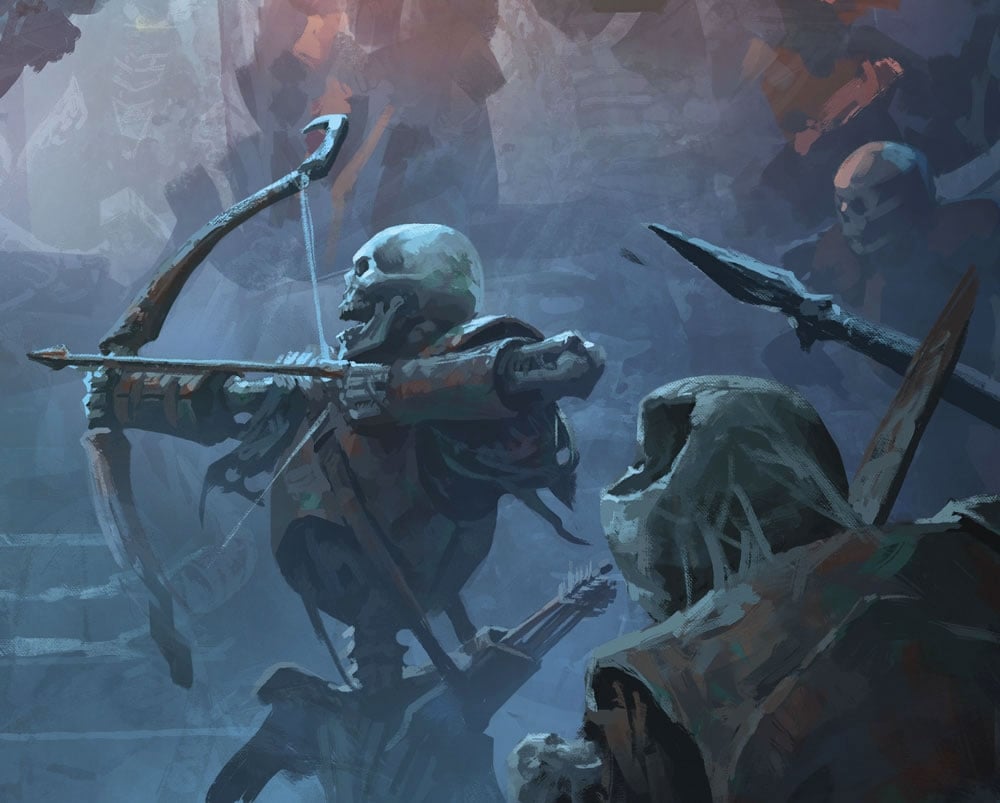
Skeletons are a classic monster. They crop up almost anywhere. You can find them in dungeons. Find them in forgotten corridors. Guarding necromancer lairs. Really just about anywhere there might be bones, there might be skeletons.
While they aren’t the most fearsome monster individually, they can be dangerous in numbers. And in greater forms, like Warhorse and Minotaur skeletons. Some are even on fire. It’s hard to deal with someone who’s just on fire all the time.
But one thing all skeletons share is a vulnerability to bludgeoning damage. That’s right, you can bash those bones into splinters super quick. If you want to feel mighty, take on a skeleton army while wielding a maul or some other big bludgeoning weapon, and just watch the bodies hit the floor.
Mummy
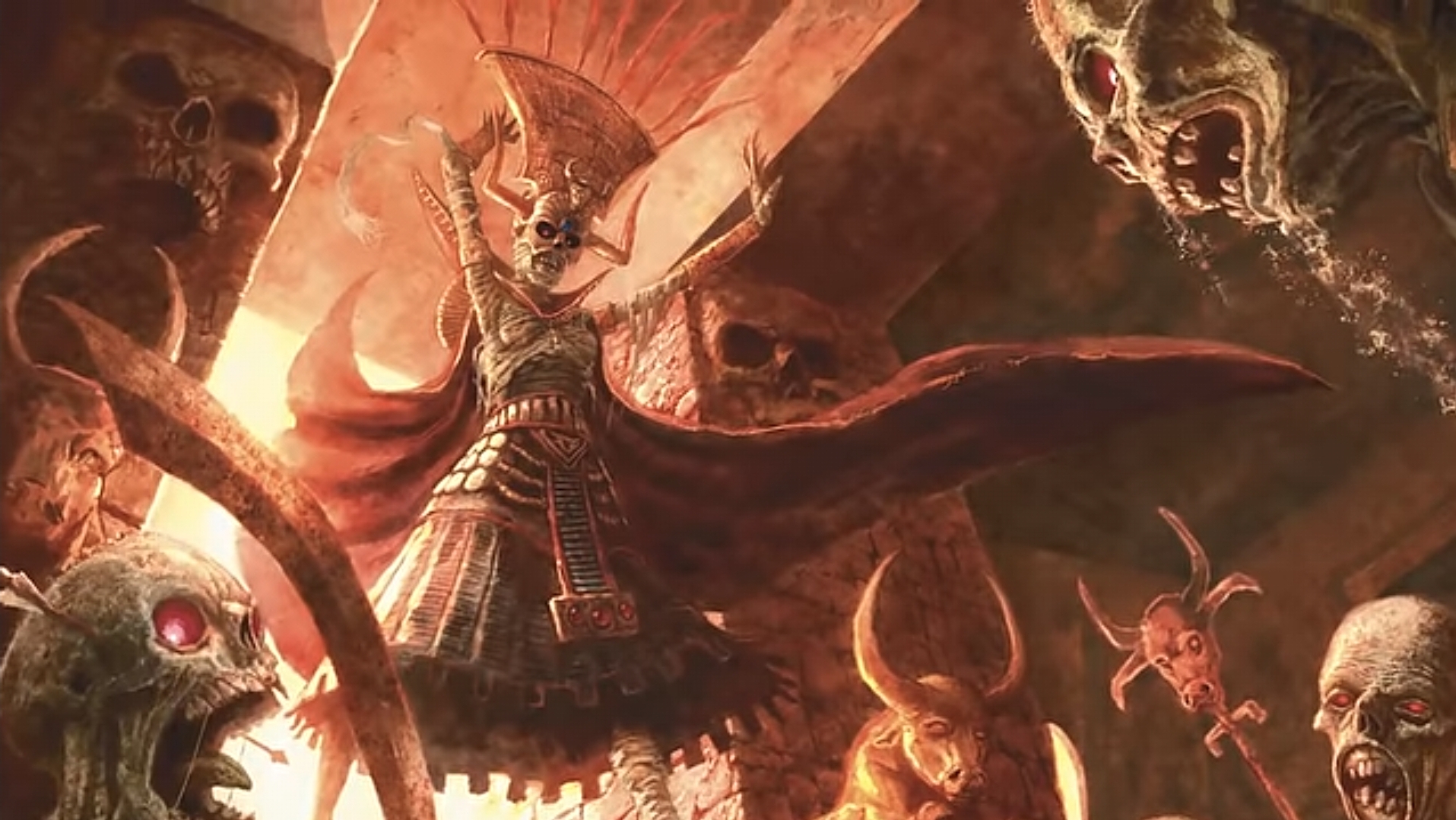
Mummies are a surprisingly powerful undead in D&D. Even the basic mummy weighs in with a ton of immunities, has a multiattack that can curse creatures so that they cannot regain hit points. Instead a mummy’s victims become cursed and lose 3d6 hit points from their hit point maximums until the curse is somehow broken, and if they hit 0 hit points, they die and turn to dust.
And that’s not even talking about the Mummy Lord. These are powerful spellcasters who have gained power over death through a cursed form of immortality. They are not only capable of coming back after being killed, they can channel negative energy at their enemies, can wipe them out with an Insect Plague or the Harm spell. It’s bad news.
Unless you happen to have Fire, their one weakness. Fire affects every mummy from the least potent to the most powerful mummy sovereign you can dream up. It deals double damage, meaning you can wipe the floor with them if you bring enough incendiary devices.
Flesh Golem
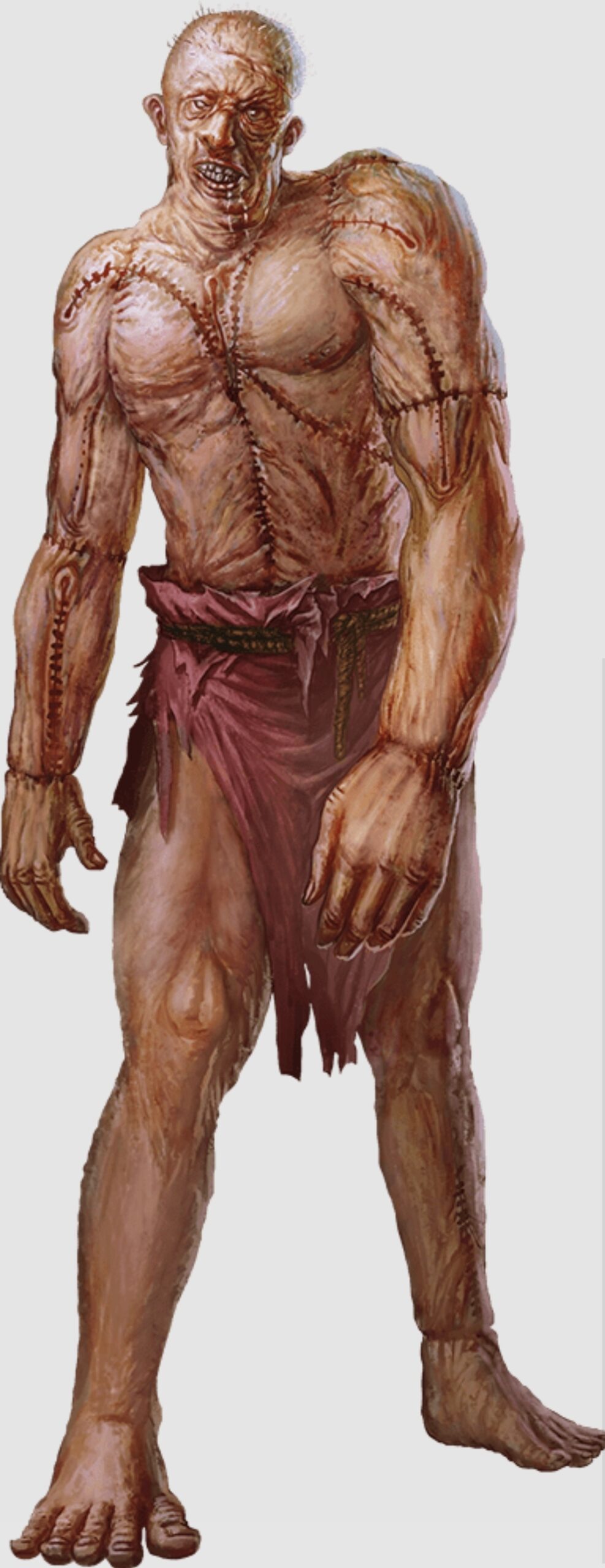
Flesh Golems also have a fire-based weakness. Though, unlike the mummy, they don’t take extra damage. These unstoppable flesh constructs, which are not undead, have an aversion to fire that is one small flaw in their creation.
After all, a flesh golem has very few. It has many hit points, hits decently hard, and can go berserk as it takes more damage. Lightning heals it. But if you inflict fire damage to one of these, it gains Disadvantage on attack rolls and ability checks. Devastating to the creature, since it has no non-attack roll abilities. It can only beat you down with lightning empowered fists, and if you make those hard to hit with, that Frankenstein’s monster is more like a Frankenstein’s doctor. That is to say, not that effective in combat.
Vampire
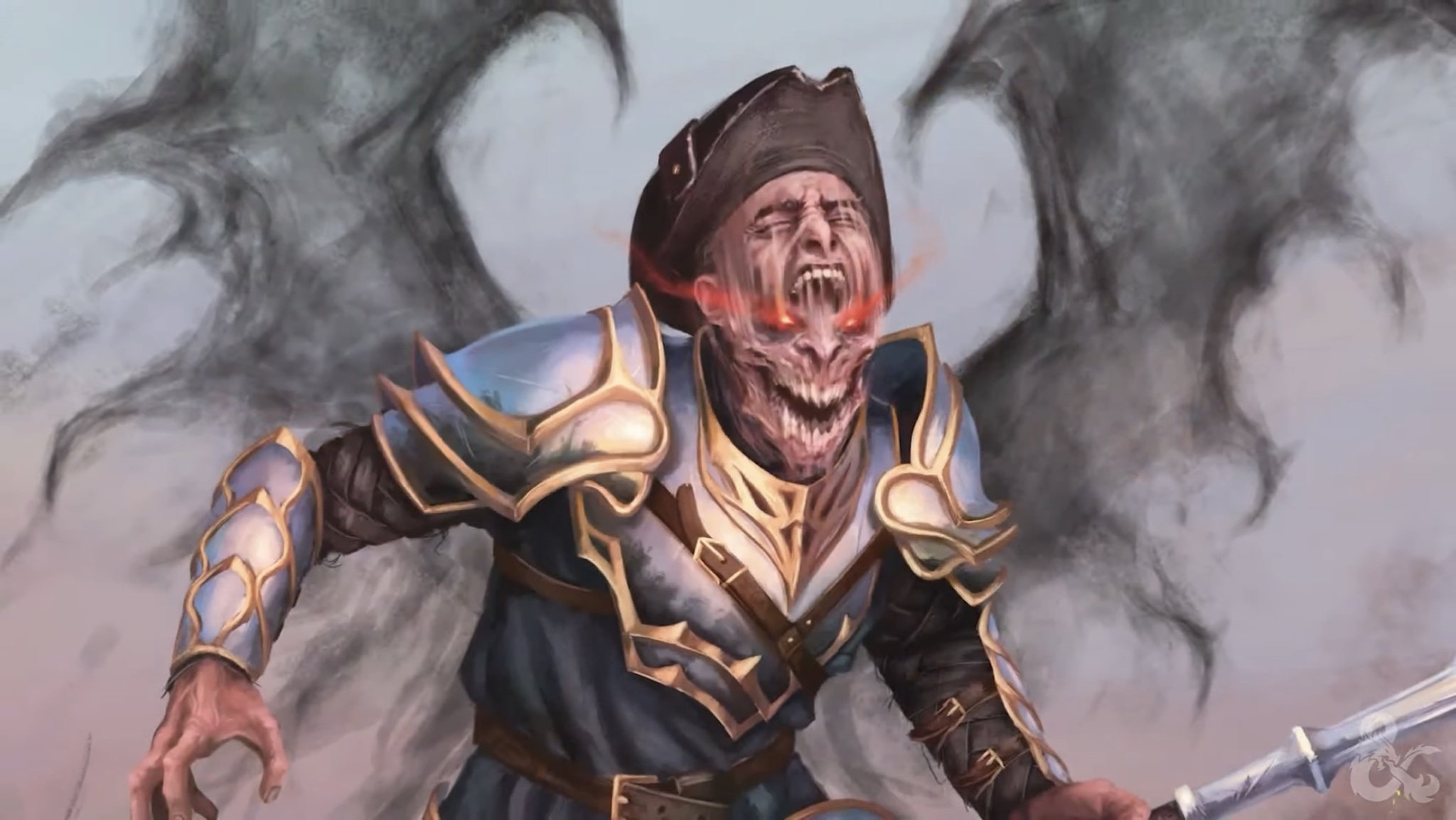
And then there’s vampires. These, famously, have many weaknesses. Many strengths, as well. After all, that’s what makes Blade so cool—he has all of their strengths but none of their weaknesses. Which is good, because vampires have a lot, and you can exploit them pretty handily if you know how.
For one, a vampire can’t enter a residence without an invitation. So if one is chasing you, all you have to do is hide from it inside of someone’s house, and it can’t get you. For two, vampires take extra damage from running water. Any time it ends a turn in running water (say if you hold it there) it takes 20 acid damage, just for playing. Three, a stake to the heart will paralyze it.
Sure, it kills most people, and the vampire has to be incapacitated, but if you can get that condition on them, you can really mess one up. And four, a vampire takes 20 Radiant damage any time it starts its turn in sunlight, magical or otherwise. Which, sure, is not the same as “dies after 3 rounds of direct exposure” that vampires used to have, but it’s still something you can use to your advantage.
Happy adventuring!
Subscribe to our newsletter!
Get Tabletop, RPG & Pop Culture news delivered directly to your inbox.
Don’t Miss:
Read more at this site
